There is a famous quote from a spokesperson in what was at the time the Department of Trade and Industry in the UK government about Numbers Stations. They said “These are what you suppose they are. People shouldn’t be mystified by them. They are not for, shall we say, public consumption.”
Numbers Stations are unusual speech-based broadcasts operating on Shortwave radio frequencies. They largely consist of a voice, usually automated (in the same way a railway announcement is automated; human-recorded but computer-generated), reading a string of numbers. Hence their name.
What is Shortwave radio?
When I was a teenager, a couple of years before I went to University, my parents gave me a portable stereo as a birthday present. It had two cassette decks, a CD player, and a radio. One of the interesting features of the radio though was it was capable of receiving Shortwave broadcasts. The thing about Shortwave radio is, what you lose in quality of broadcast, you make up for in reach, because physics – at those wavelengths you can ‘bounce’ the waves off the sky rather than relying on line-of-sight of the transmitter. This makes them excellent for speech-based broadcasts directed at a wide area. And because the frequency range is vast, there’s a lot of scope to find a frequency no-one else is using.

The transmitter at Winter Hill, England; an example of a telecommunications mast through which radio is broadcast
I had great fun when I received that stereo, just idly browsing the Shortwave bands trying to find the most-distant broadcast I could. [“The Voice of Israel – Jerusalem” would have been, I think, but obviously many broadcasts were in languages I couldn’t recognise]. Occasionally though I came across some very odd things, like directed static, or disembodied voices repeating the same messages over and over [‘zwo acht sieben’ is one that stayed in my mind]. This was before the Internet so I wasn’t in a position to find out what I was listening to.
While fewer people have Shortwave radio receivers in their homes these days, it is still easy to listen; I’ll talk about that at the end of the post.
What is the purpose of a Numbers Station?
The most accepted explanation is that they provide a way to allow people to receive encoded messages over long distances. And by people, we generally mean spies.
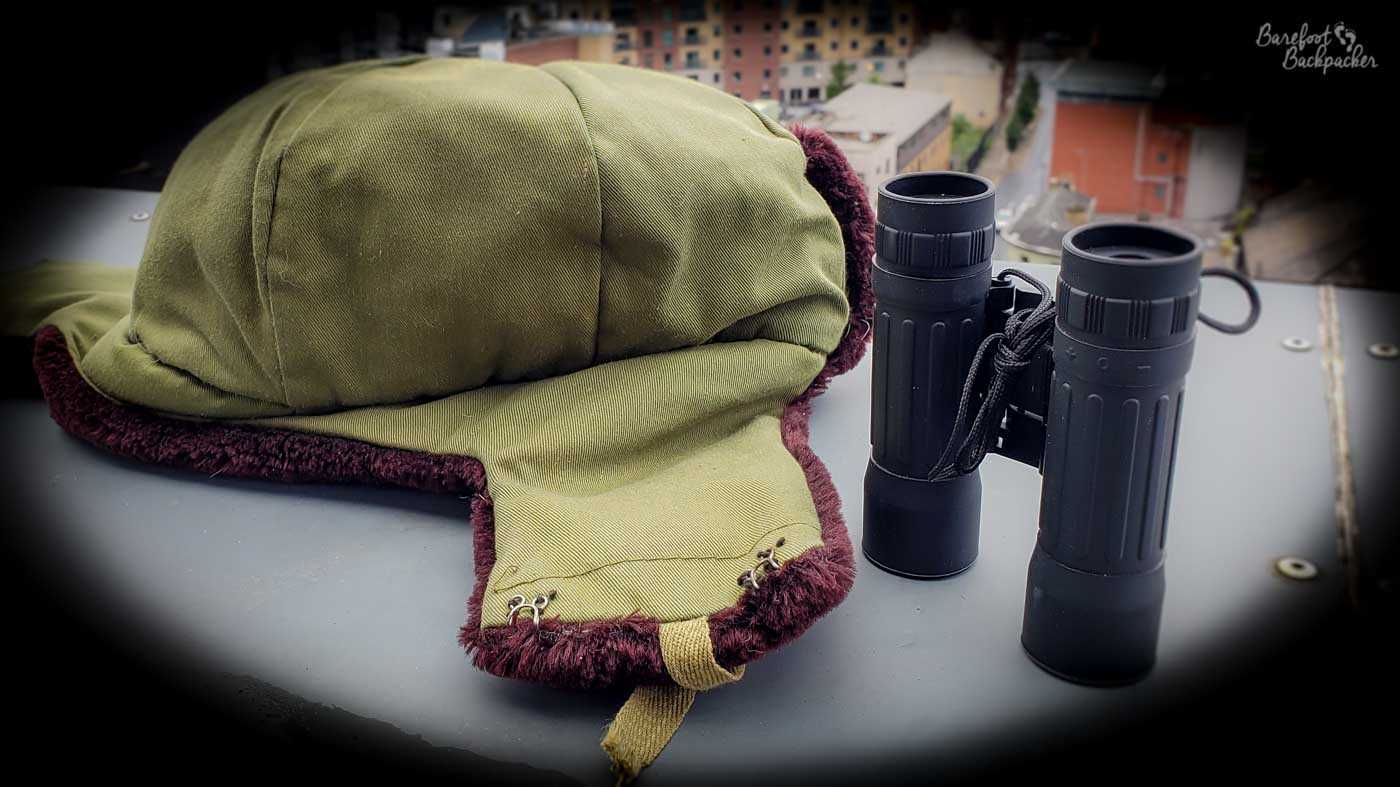
Watch your step, who you entertain. It might be that Summer spy …
Enter the radio. Almost everyone has a radio receiver, so it’s easy to pass unnoticed. It’s true that in many countries, receiving Shortwave specifically was frowned upon – most everyday broadcasts were on other wavebands so why would you be listening to Shortwave. However you’d already have to be under suspicion for your SW receiver to be noticed.
Radio transmissions are free-to-air and unencrypted, so anyone can pick them up. Even teenage me in my bedroom in north-west England. Since the content of messages sent to spies is obviously sensitive, this means the message sent has to be encoded in some other way. There’s various ways of doing this; North Korea had a habit of slipping in secret codes into mundane educational announcements. The most common, however, was simply to use apparently random strings of numbers.
How does a Numbers Station work?
Each Numbers Station worked slightly differently, but a typical broadcast would be something like:
* Identifying jingle. Many of the Numbers Stations that operated were given names by the lay radio community because of these jingles. One famous example is a broadcast believed to operate out of Cyprus by the British, that used a couple of bars from the folk tune ‘The Lincolnshire Poacher’.
* A short series of characters, often repeated twice or three times. These usually indicate information like the intended recipient, and the code algorithm to use
* A long passage of numbers, in groups of five
* Some kind of ‘end of message’ indicator. This may be another complex series of characters, or it may simply be the word ‘ende’
The entire message would take only a couple of minutes, and the broadcast itself would be at set, predictable times and days. Some stations would repeat the same message later in the day.
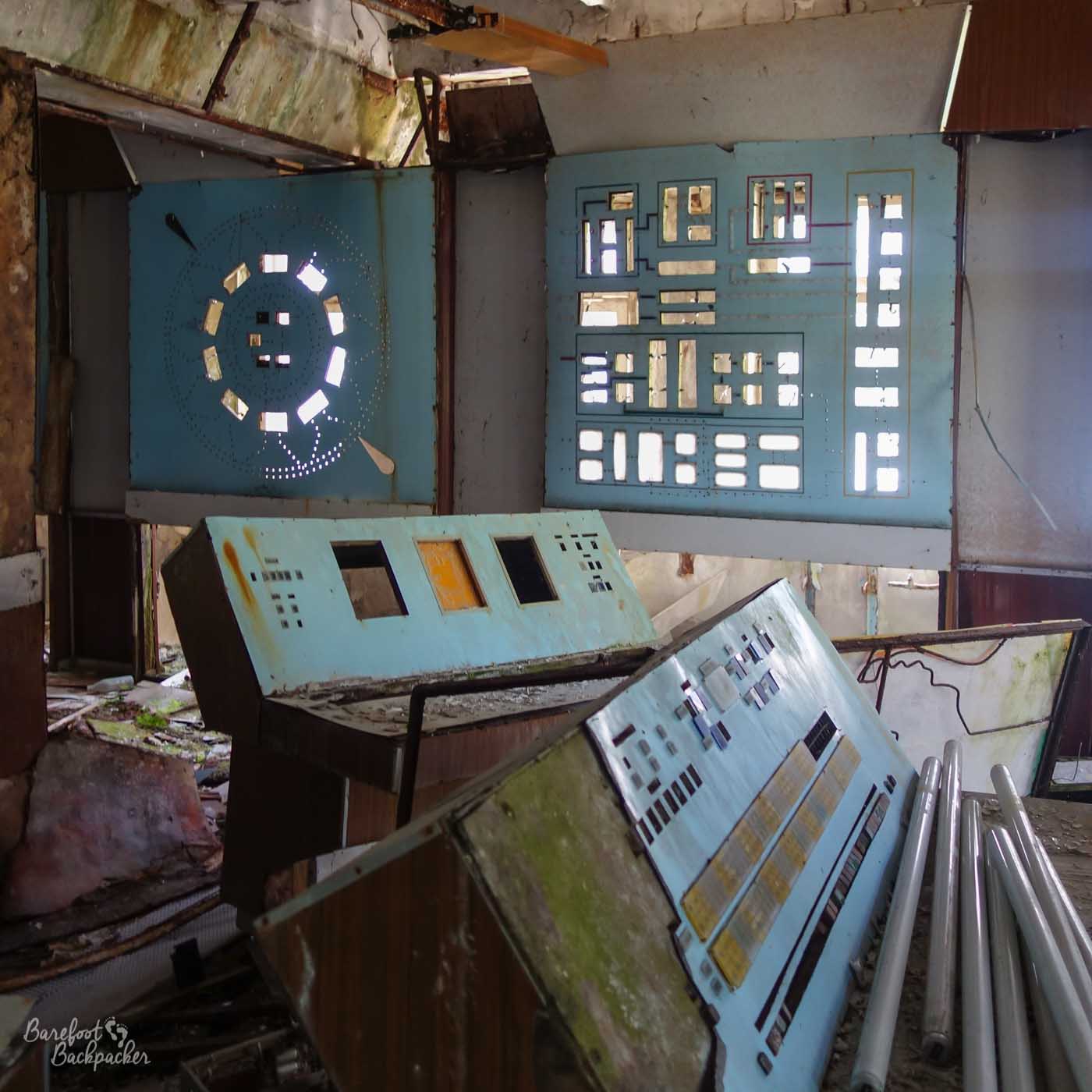
The kind of setup you’d expect to find at a place controlling Numbers Stations, tho this was rather the Duga Radar Array nerve-centre
Outside broadcast hours, that frequency might otherwise be unused and therefore only static would be heard. Sometimes the operators of the station might keep the frequency busy with pulses of sound or other simple broadcast to prevent anyone else using it. One famous example is a Russian station known to the radio community as ‘The Buzzer’, since most of the time all you hear on the frequency is an endless ‘buzz’. This itself also adds to their weirdness factor.
Can you decode Numbers Stations?
Under normal circumstances, the messages sent by Numbers Stations should not be decodable by anyone but the intended recipient.
This is because of the way the message is constructed. The principle is no different from simple codes used and beloved by teenagers, of the A = 1, B = 2 kind, but with extra steps which add to the complexity. Values are added to the base code in accordance with a key code template. These code templates are a long series of numbers, which you add to the characters in the message in turn.
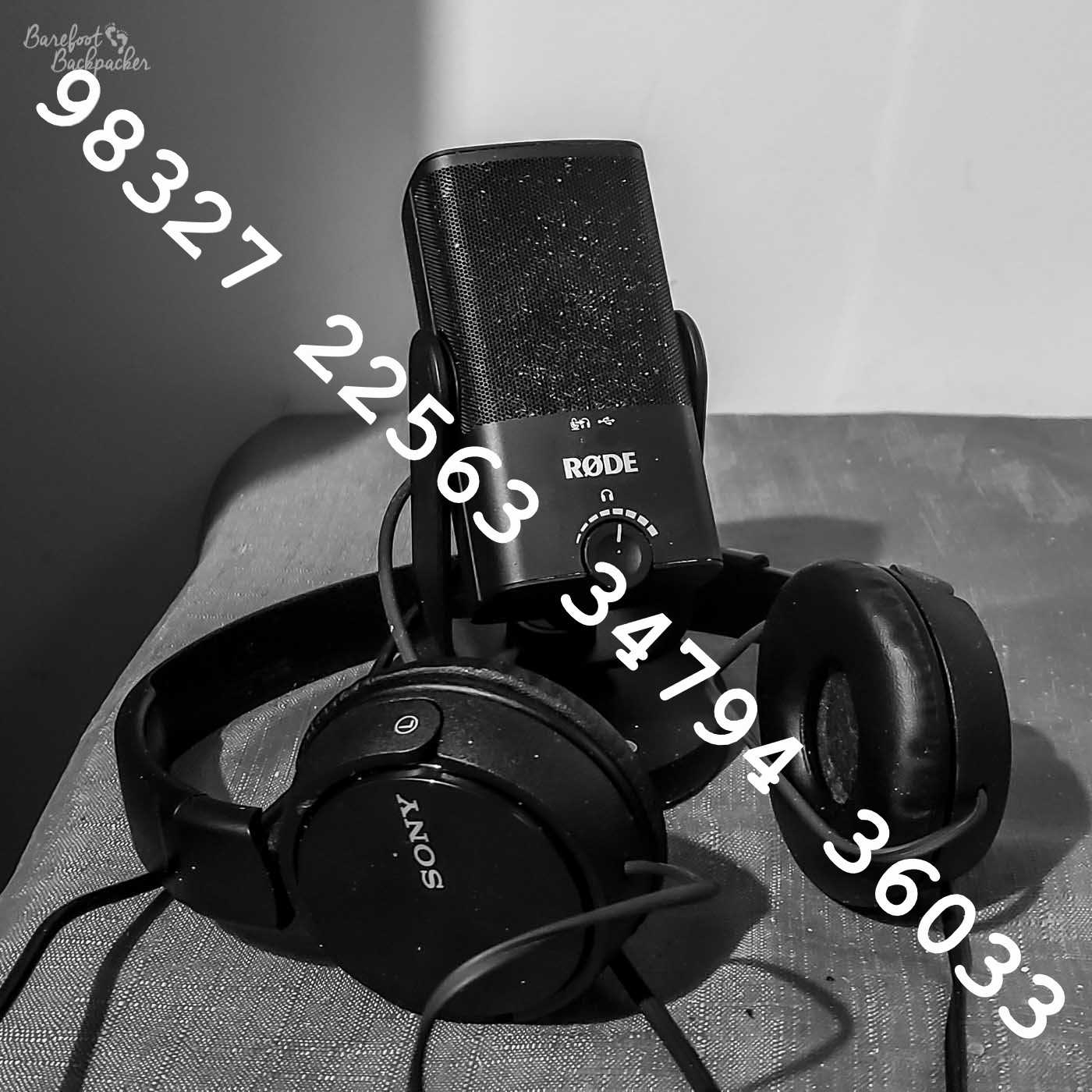
Sadly, the process isn’t really accessible for people with dyscalculia, which may be a problem in the dystopian future
1) Firstly, turn each of those letters into their numeric equivalent. If A = 01, B = 02, etc, then “Hello World” becomes 08 05 12 12 15 23 15 18 12 04.
2) You take a key code template. Let’s imagine that template is the following sequence of numbers: 9027601348116425482900132747161912487103. These templates can be as long as the organisation needs them to be.
3) Write the numbers of the key code underneath the numbers of the message. What you end up with is a series of ten small mathematical sums. For example, the first letter of the message has been coded as 08. Under that you’d write the first two numbers of the keycode, 90. The second letter, coded as 05, will have 27 written underneath it.
4) Add the numbers together, and write down the result. So here, the first number would be 08 + 90 = 98. The second would be 05 + 27 = 32. If any result in a value over 100, simply subtract 100. So if the first letter had been ‘Y’, 25 + 90 = 115, so the written value would have been 15.
5) In this case, the final code would be: 98 32 72 25 63 34 79 43 60 33.
6) Traditionally this would have been transmitted in 5-digit groups, so the message heard would be 98327 22563 34794 36033. Each number is read separately, so here, ‘nine, eight, three, two, seven’. Quite why this is done seems to be more traditional, but I assume to both obfuscate the broadcast further, and to make it easier for the recipient to transcribe.
7) On receipt, the message is decoded by doing the calculation in reverse; taking the same keycode and subtracting that from the message. The first character is 98, the first value of the keycode is 90. So 98 – 90 = 08, which represents the letter H. The second character is 32, the second value of the keycode is 27. And 32 – 27 = 05, or ‘E’. If the value gets you a negative number, add 100 to it.
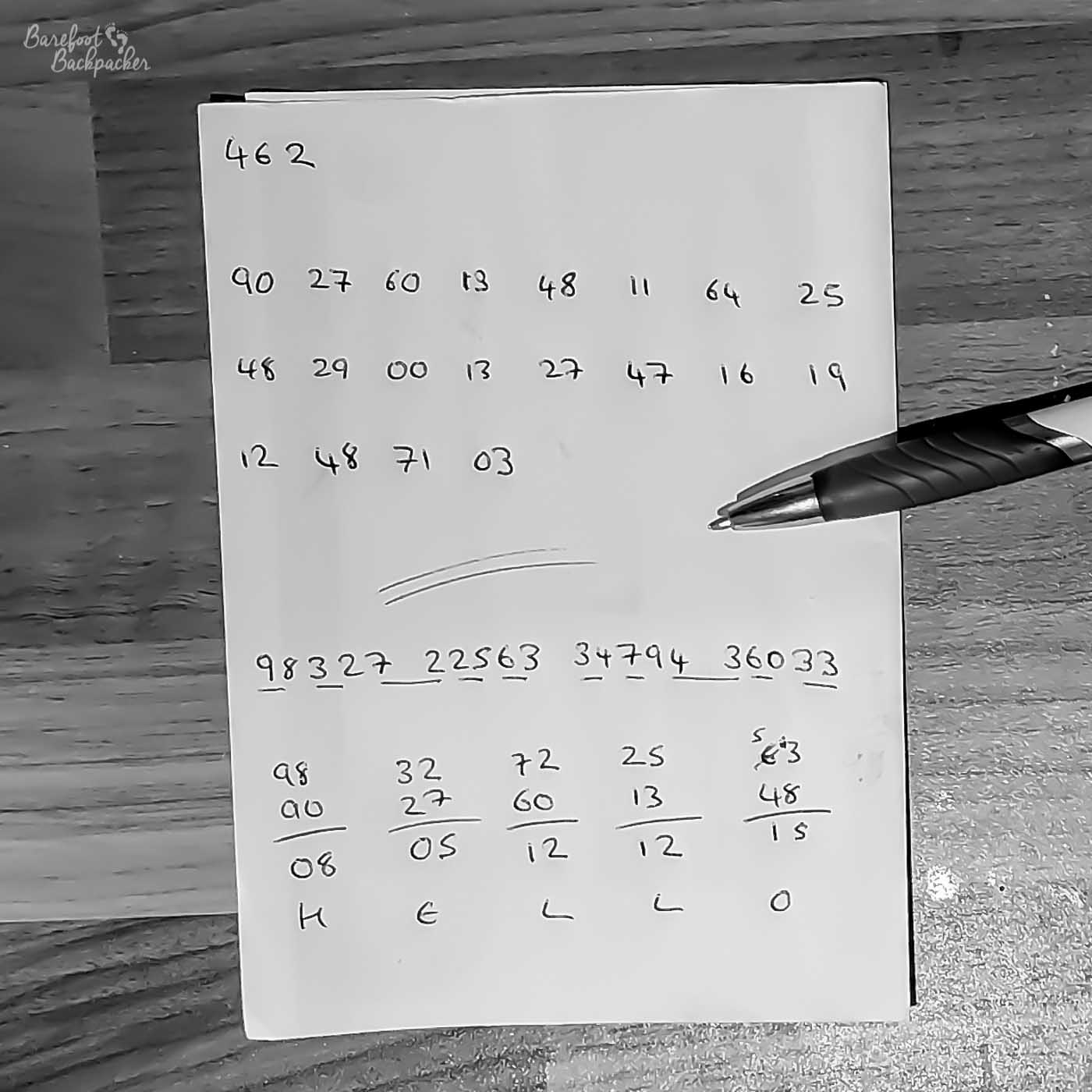
Maths is fun! And if things like this were taught in schools, practical applications of simple maths, more people would connect with it
The start of the message broadcast will generally have a short series of codes, say a three-digit number. This tells the recipient which keycode template to use.
Numbers Station messages have been decoded by people other than the intended recipient, but generally only when the recipient themselves have been arrested, and their decode pad confiscated. This is something beyond the scope of the average citizen.
Do Numbers Stations still exist?
The best answer to that is ‘yes and no’.
It is true that scouring the shortwave bands these days will bring up far fewer of them than in the days of the Cold War. Partly this is due to a change in scope; the industry and direction of espionage has changed, but also there are far more ways of being able to contact someone easily; even single-use pay-as-you-go SIMs on mobile phones make Numbers Stations slightly obsolete.
However the main change has been in the technology of transmission itself. Numbers Stations existed because it was the safest way to get a message to someone deep inside enemy territory. However the messages were long, prone to incomplete or mistaken transmission, and relied on timing. These days it’s a lot easier to send messages electronically; more information can be contained in a much smaller transmission time, and there’s less danger of interception. In addition, it’s a lot less suspicious to carry a laptop computer than it used to be. So, instead of hearing a voice reeling off numbers, these days many of the broadcasts are digital, and encrypted, and if you heard them they’d just sound like electronic noise. Some of them are sent also in morse code rather than by voice, and again, digitally. Instead of just shortwave receivers, the recipients now have decoder software. The messages themselves may well still be numeric and require further manual decoding as before, but the method of transmission has changed.
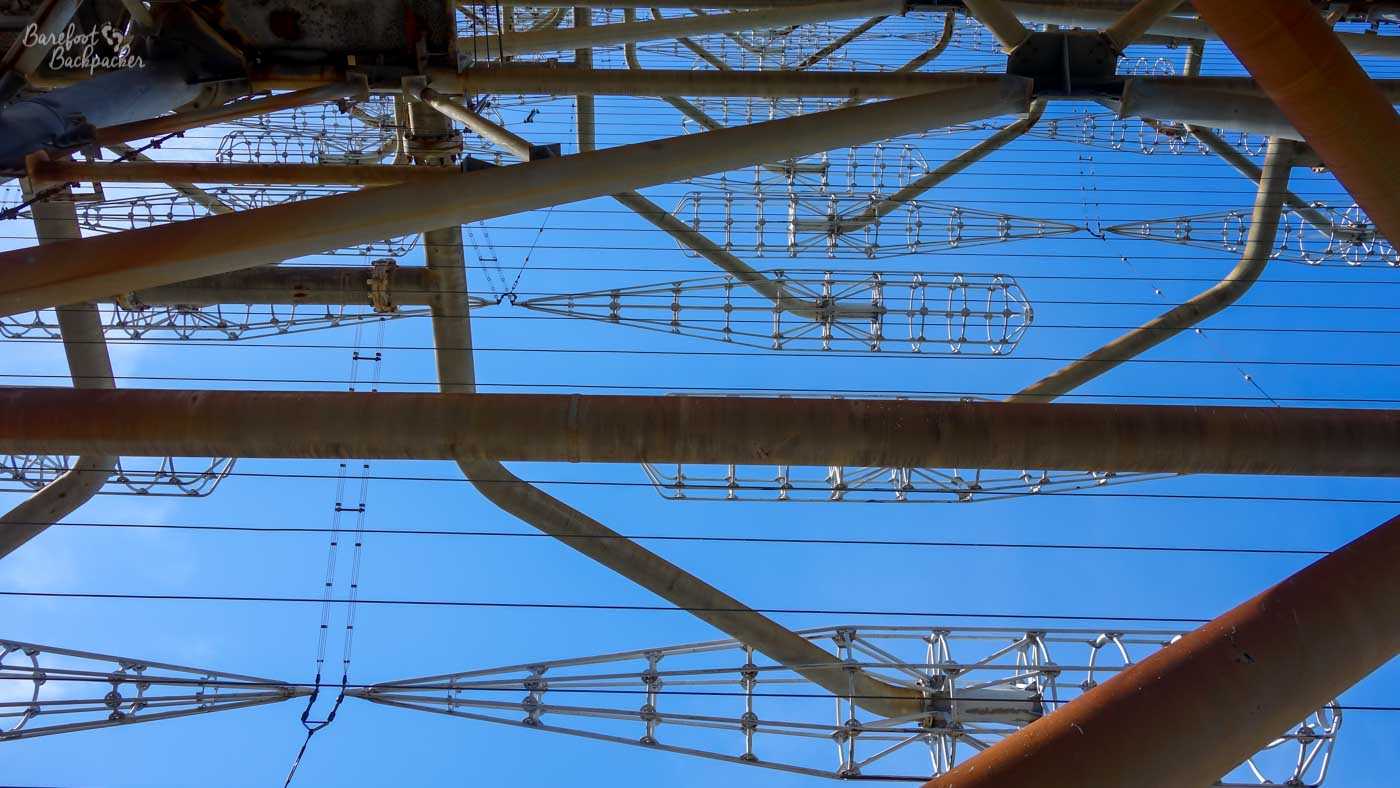
There’ll always be a place for huge transmitters and receivers, but technology marches on and thigs are much easier to hide now
The other important factor about Numbers Stations is because they use Shortwave radio, they’re very difficult to stop. As they don’t use satellites, cables, or other physical or virtual method to broadcast, blocking out a transmission requires removing the transmitter itself. And very often it’s hard to calculate exactly where the transmitter is – it could be very deep inside a country’s own territory for instance. They’re also very difficult to hack, and while a stronger transmission could ‘block’ (or ‘jam’) that frequency, all the station has to do is change frequencies in a weird game of cat and mouse.
So yes, Numbers Stations still exist, but not necessarily in the forms they used to.
Can you listen to Numbers Stations online?
Absolutely. There’s a number of websites online whose function is to act as pseudo-radios and these make it very easy to browse; indeed they will generally even tell you what it is you’re listening to. This makes it far easier to find something interesting. The one I generally use is the Wide Band SDR at the University of Twente, in the Netherlands. This site is quite visual and also has labels letting you know what it is you’re likely to be listening to.
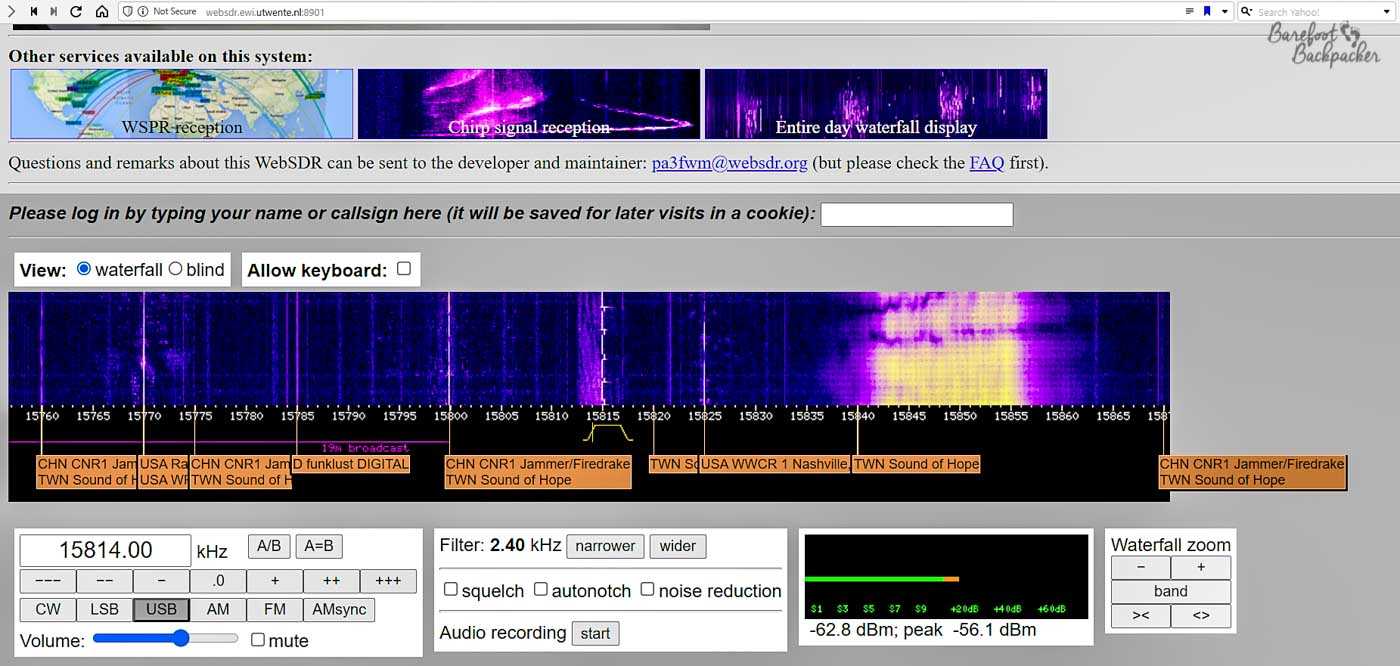
Screenshot of the Wide Band SDR site at the University of Twente. At the time of screenshotting, a digitally-encoded Numbers Station from Russia is broadcasting on the 15814 kHz Frequency